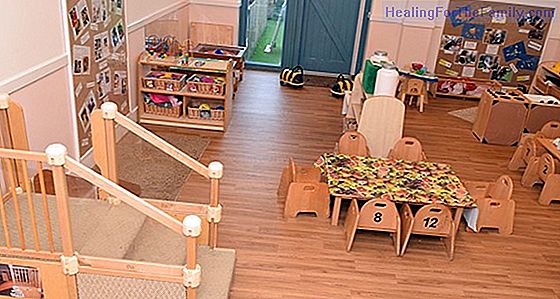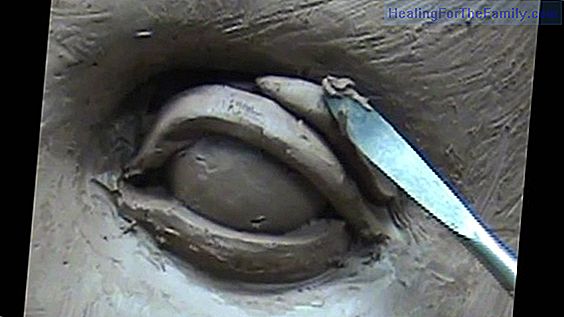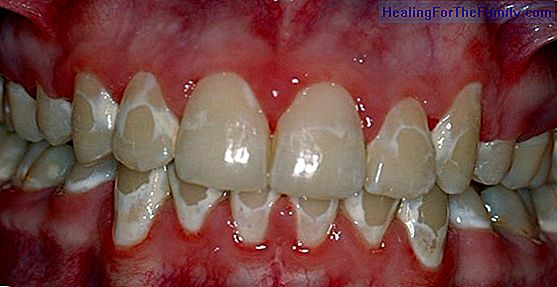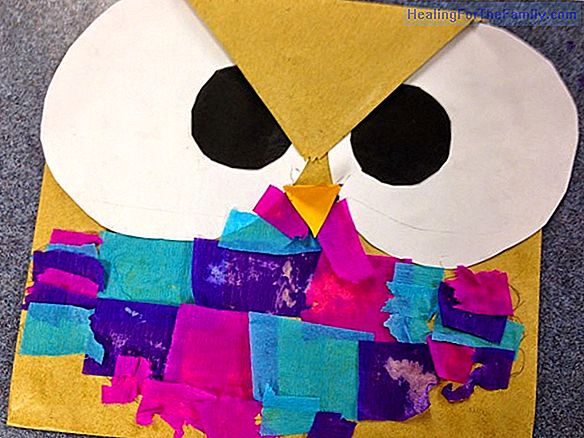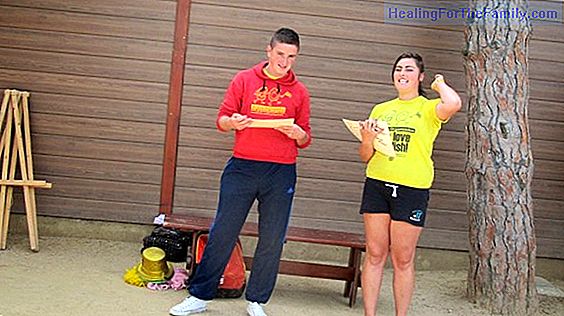How to detect dysgraphia in children
Being attentive to the development of our children is important to detect early on some problems that can cause them difficulties in learning. Dysgraphy in children can be treated, but it should be detected as soon as possible to avoid major problems. Since our children's learning begins with writin
Being attentive to the development of our children is important to detect early on some problems that can cause them difficulties in learning. Dysgraphy in children can be treated, but it should be detected as soon as possible to avoid major problems.
Since our children's learning begins with writing and reading, it is easy to see if we are dealing with a de problem of dysgraphia just by observing their progress in the first years of school. We have the keys to know if your son has dysgraphia. What is dysgraphia in children
Dysgraphia is a difficulty for writing that some children have and that manifests itself from the beginning of learning. It may have a neurological cause or it may simply be a

functional problem related to psychomotricity, so the sooner it is detected, the sooner we can find the treatment. When children learn to write, it is logical that they get confused in some letters, that they do not all make them of the same size, that they write slowly or that they leave the lines to write. But if the problem persists and is accompanied by other symptoms, it may be dysgraphia.
Recognizing dysgraphia in a child is very simple. How to detect dysgraphia in children
1. The child writes
slower than usual because he has difficulty translating the mental image he has of each letter. La 2. The writing is not uniform, with larger and smaller letters or with separations
within the same word. El 3. The child with dysgraphia can not adjust well to the established space for writing, something that is observed when he does not follow the lines or changes the direction of what he writes.
4. Dysgraphy can also be detected by frequent pressure changes at the time of writing each letter or word.
5. Usually children with dysgraphia tend to adopt complicated postures to write, which is also done by left-handed children even if they do not have any difficulty of this type.
6. Sometimes dysgraphia is accompanied by spelling errors por, so it can be confused with dyslexia, but neither is the same problem nor does it have the same treatment. 7. Dysgraphia can be detected earlier if a psychomotor problem is observed. Children with dysgraphia
move their arms more slowly and this causes problems when writing. La 8. The difficulty in writing implies certainfatigue
or mental and physical fatigue. If the child feels tired or frustrated at school you have to be vigilant. Las 9. The essays and also the dictates are the school tasks that present the most complications to children with dysgraphia.
Laura Vélez. Editor of Guiainfantil.com

